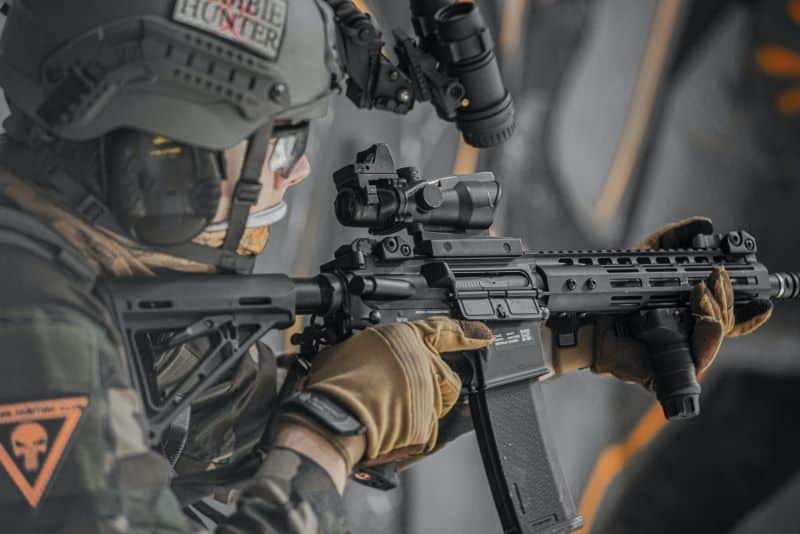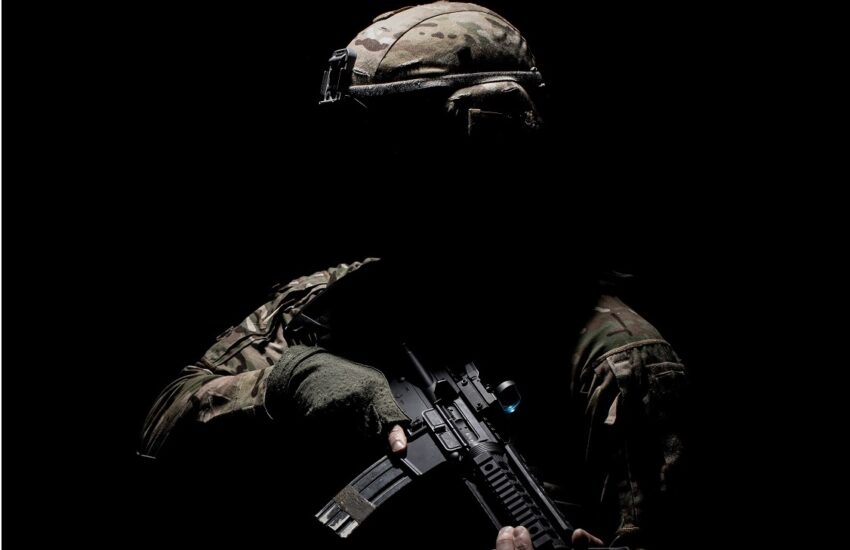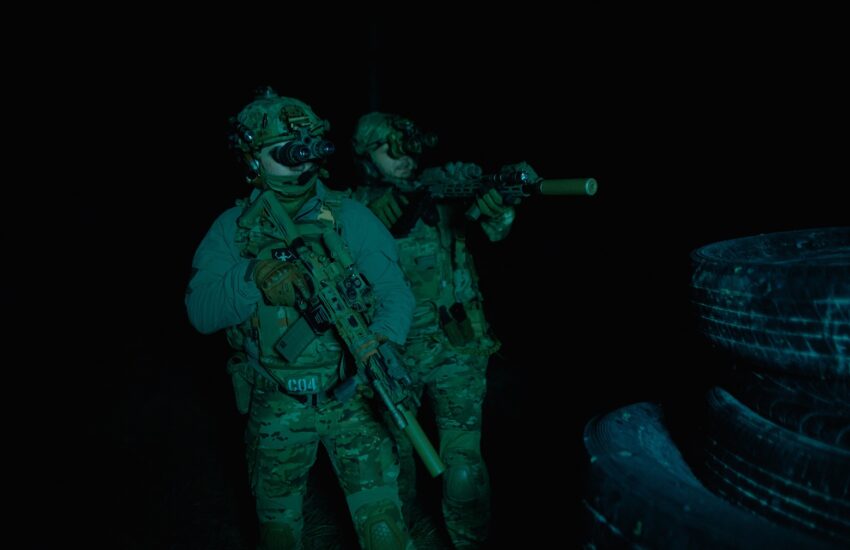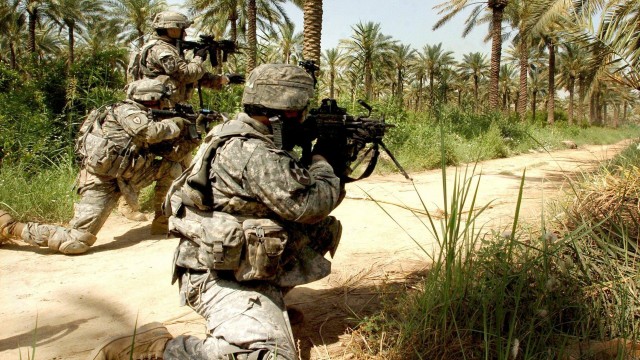Are ballistic plates better than bulletproof vests?
The debate between ballistic plates and bulletproof vests is one that is based on durability, protection, and convenience. While both gears are great for keeping bullets out of the body, there are different factors that one must consider when making a choice between both.
- Bulletproof Vest
Bulletproof vests are designed to stop a bullet from piercing through your skin and visiting your rib cage. It is specifically designed to protect your vital organs, but not the whole body per se. An average bulletproof vest would protect your torso and everything behind it.
A bulletproof vest can either be soft or hard armor. For soft armor bulletproof vests, the materials are often very pliable. You can easily bend them into various directions. Most soft body armors have NIJ ballistic ratings of levels II, IIA, and IIIA. This means that they are only able to repel common handguns rounds.
- Ballistic Plates
On the other hand, if you would be facing serious ballistic threats such as powerful projectiles, your best bet is to get armed with hard armor. This kind of armor is stuffed with ballistic plates. Most ballistic plates are made up of compressed polyethylene or ceramic plus a steel sheet in front. This is why they can provide high-level ballistic-rated protection against all kinds of handgun rounds.
A ballistic plate is as strong as the material used in making it. So, if a ballistic plate can repel high caliber rounds, you have the sturdiness of its materials to thank. Two common materials are used for creating ballistic plates today. They are ceramic and polyethylene. While both materials perform brilliantly in the face of real-time ballistic threats, polyethylene has the advantage of being much lighter in weight than ceramic plates. This makes it more of a better choice.
You can read all the rest of our blog posts here.



